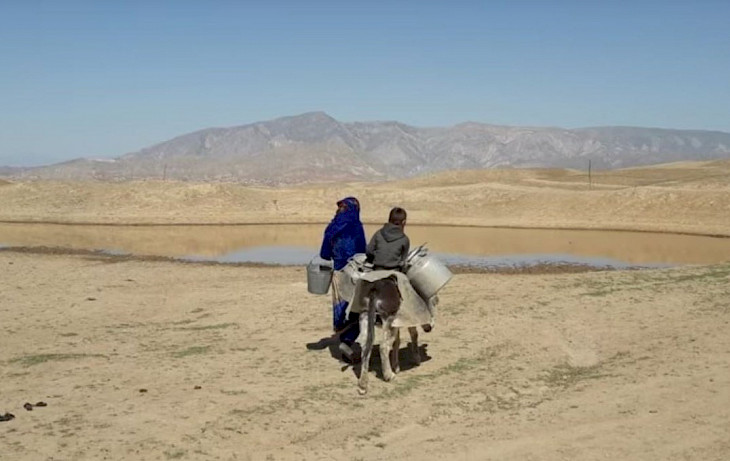At the UN Conference on Combating Desertification in Riyadh, delegates committed over $12 billion to support vulnerable countries in the fight against land degradation and drought. Tajikistan called on participants to support the International Conference on Glacier Preservation, which will be held in Dushanbe in 2025, reports Asiaplus.tj.
The major UN environmental conference, COP16, focused on issues of land degradation, desertification, and drought, with representatives from nearly 200 countries in attendance.
The Arab Coordination Group announced plans to mobilize $10 billion by 2030. Additionally, the OPEC Fund and the Islamic Development Bank pledged $1 billion each. These investments will contribute to a global strategy to restore 1 billion hectares of degraded land, which requires a total of $2.6 trillion.
Tajikistan and New Challenges
The Tajik delegation at COP16 was led by Zarafо Kiyоmzoda, First Deputy Chairperson of the Environmental Protection Committee under the Government of Tajikistan. In her speech, Kiyоmzoda emphasized the importance of collective efforts to address environmental challenges affecting the development of Central Asian countries.
She noted that drought and land degradation are leading to forced migration and creating new challenges for agriculture. The Government of Tajikistan is actively working to prevent these phenomena by implementing programs for sustainable land and water resource management.
Kiyоmzoda invited conference participants to the International Conference on Glacier Preservation, scheduled for May 2025 in Dushanbe. The event aims to draw attention to the problem of glacier melting, which significantly impacts the region's water resources.
Land Degradation and Drought in Central Asia
According to Ibrahim Thiaw, Executive Secretary of the UN Convention to Combat Desertification, urgent action is needed globally, as land degradation costs $300 billion annually, and by 2050, droughts will affect 75% of the global population.
For Central Asian countries, including Tajikistan, such measures are critically important. The region is already experiencing climate change, droughts, and declining water resources, threatening agriculture and food security.
Scale of Drought-Prone Lands in Central Asia
Due to climate change, prolonged droughts are becoming more frequent in Central Asia, jeopardizing the region's economic and social stability.
UN data indicate that 38.43% of Central Asian lands are affected by drought, with 1.33% experiencing severe drought and 0.23% classified as extreme drought. The most affected are downstream countries: Uzbekistan (89.5%), Turkmenistan (88%), and Kazakhstan (76%). In Tajikistan, drought impacts 47% of the territory, while in Kyrgyzstan, it covers 42.4%.
Experts attribute this to climate change, land degradation, and inefficient resource use. Despite the scale of the threat, droughts are rarely officially recorded, accounting for only 2-3% of disasters in the region.
CentralasianLIGHT.org
December 17, 2024

